Jizo statues, known as “Ojizo-san” in Japan, are familiar Buddhist figures commonly found all over the country, especially along roadsides, in temples, and cemeteries. They are deeply revered for their role in protecting people, especially children, and offering guidance to those in need.
Jizo is not just a religious statue; it’s a compassionate figure that has long provided comfort to people, easing their suffering. Over time, Jizo has become embedded in Japanese culture, even influencing modern media and entertainment.
Interestingly, Jizo statues also appear in modern video games. In Nioh 2, an action RPG set in Japan, players can spot Jizo statues during their journey along mountain paths or rural roads. In this article, we’ll explore the history and role of Jizo, as well as its appearance in Nioh 2.
What is a Jizo Statue?
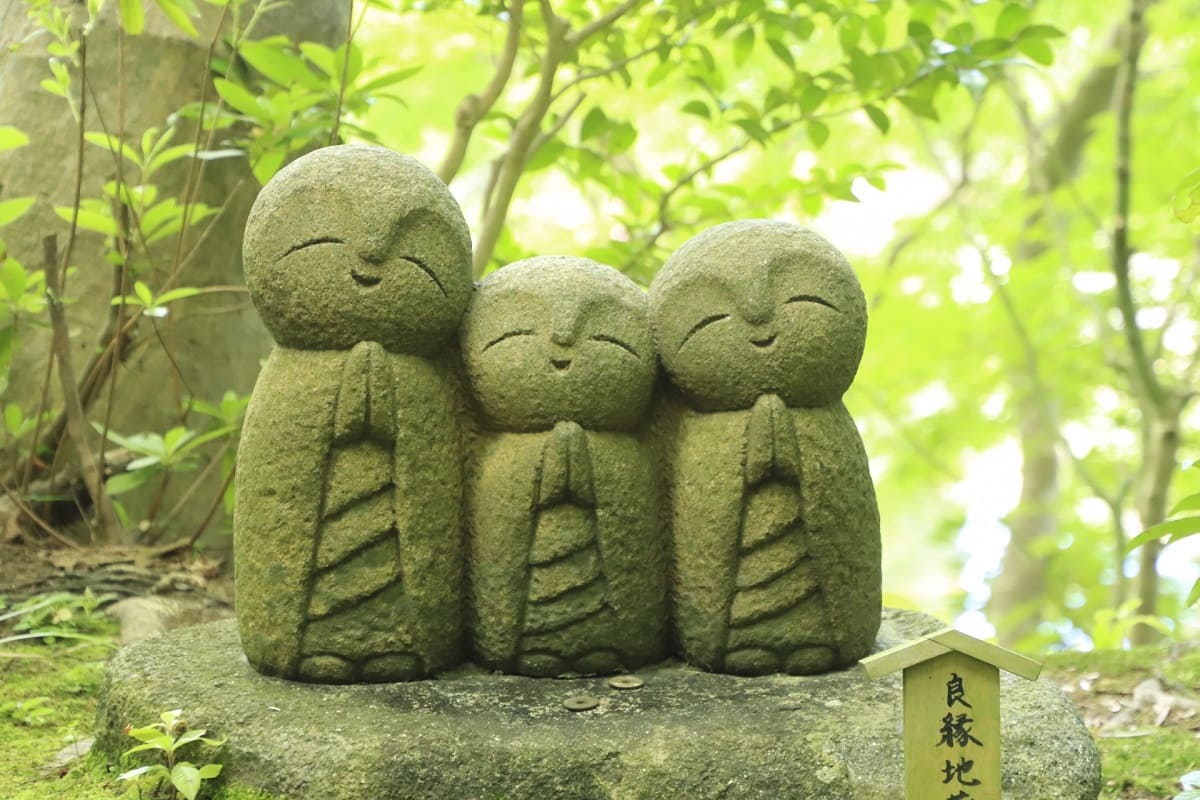
The History of Jizo Statues
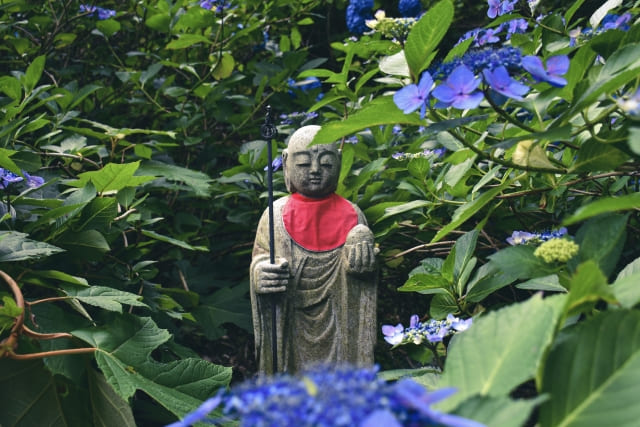
The origin of Jizo statues dates back to India and the teachings of Buddhism. Jizo Bodhisattva is one of the figures who are believed to save souls suffering in the afterlife. As Buddhism spread to Japan, Jizo worship became widespread, and from around the Heian period (794-1185), Jizo statues began appearing across Japan.
During the Kamakura period (1185-1333), Jizo worship gained further traction as people sought salvation for their souls after death. Jizo, in particular, became associated with the protection of children, and the faith surrounding these statues grew stronger, especially among parents praying for the safety of their children.
The Role of Jizo
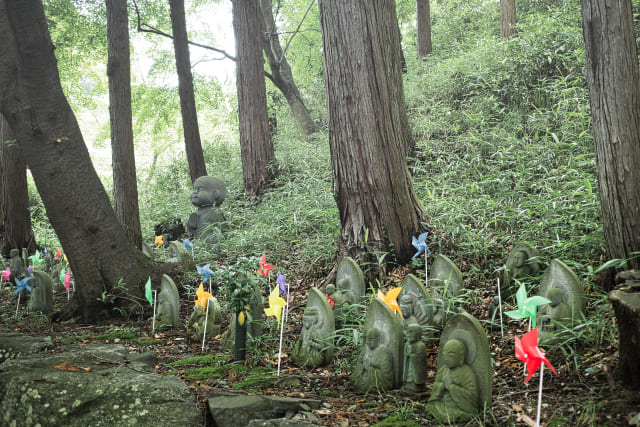
Jizo is known for his role in alleviating suffering and protecting people, especially children and travelers. He is said to travel through the six realms of existence (Hell, Hungry Ghosts, Animals, Asura, Humans, and Devas) to save those suffering in each realm.
In Japan, Jizo statues are often revered by mothers praying for their children’s safety. If a child passes away at a young age, parents may pray to Jizo to ensure their child’s soul finds peace. This belief continues to this day, and many Jizo statues are placed in locations where people can offer prayers for the well-being of their children.
Regional Differences in Jizo Statues
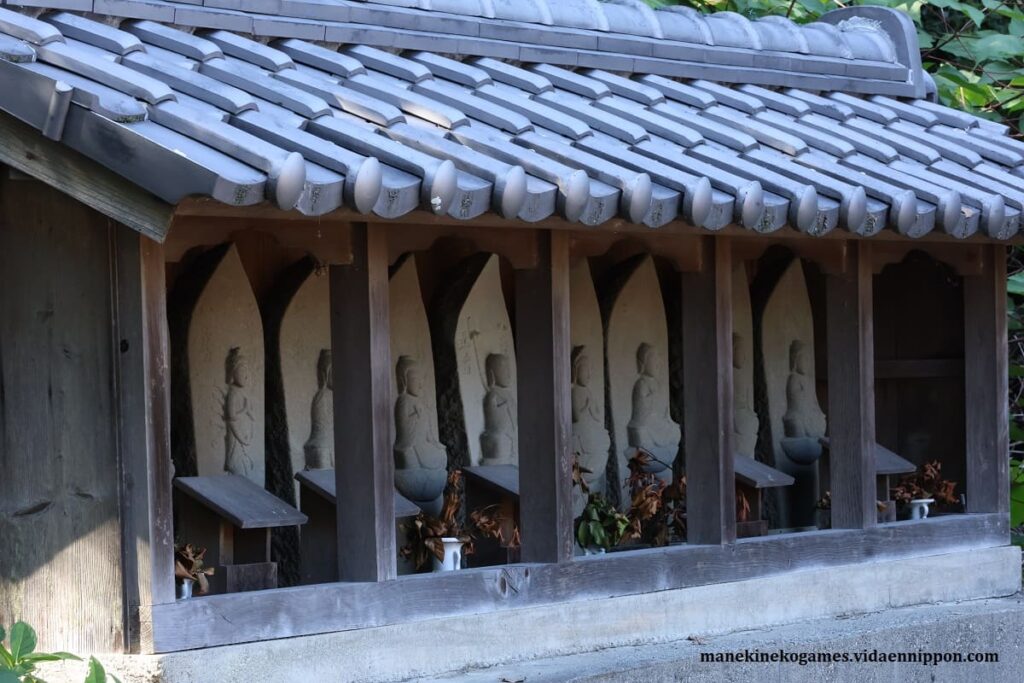
Different regions in Japan have unique interpretations of Jizo statues. The most familiar image is the Jizo statue wearing a red bib, symbolizing its role in protecting children. Mothers traditionally offer these bibs to the statues as a form of prayer for their children’s safety. In some regions, Jizo statues may be adorned with other clothing or decorations, reflecting local customs and beliefs.
Jizo Statues in Nioh 2
Jizo’s Depiction in Nioh 2
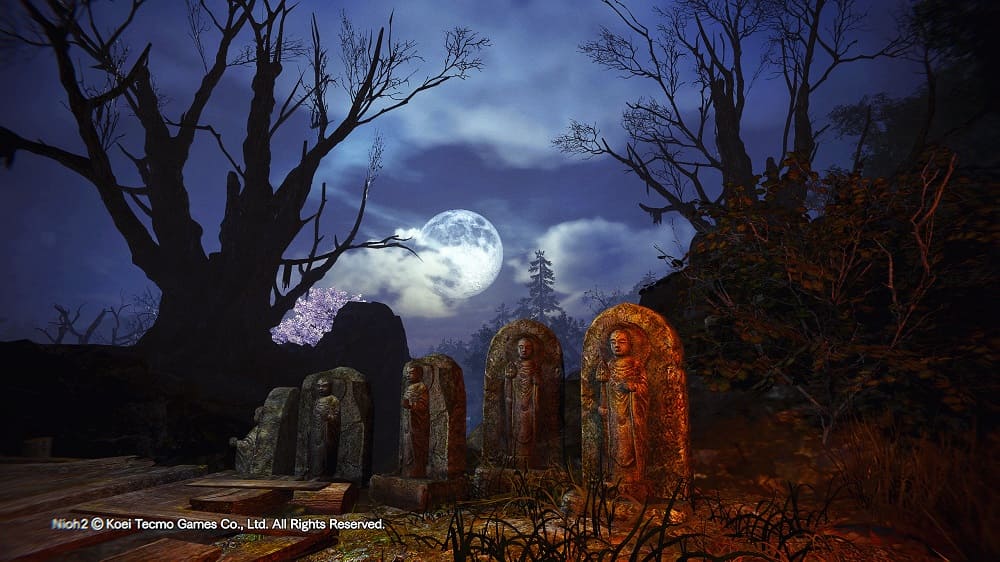
Nioh 2 is an action RPG set during Japan’s Sengoku period, where players can encounter various elements of Japanese culture. One of the notable cultural symbols that appear in the game is the Jizo statue. As players progress through mountain paths or rural roads, they occasionally come across these statues.
The Jizo statues in Nioh 2 are faithful representations of those seen in real-life Japan. Their inclusion helps build an authentic atmosphere, grounding the game’s world in traditional Japanese culture.
The Significance of Jizo’s Appearance in Nioh 2
While the Jizo statues in Nioh 2 don’t serve any direct gameplay purpose, their presence enriches the cultural depth of the game. The statues provide a moment of serenity amidst the intense combat and action, giving players a brief respite and adding to the immersion of traveling through historical Japan.
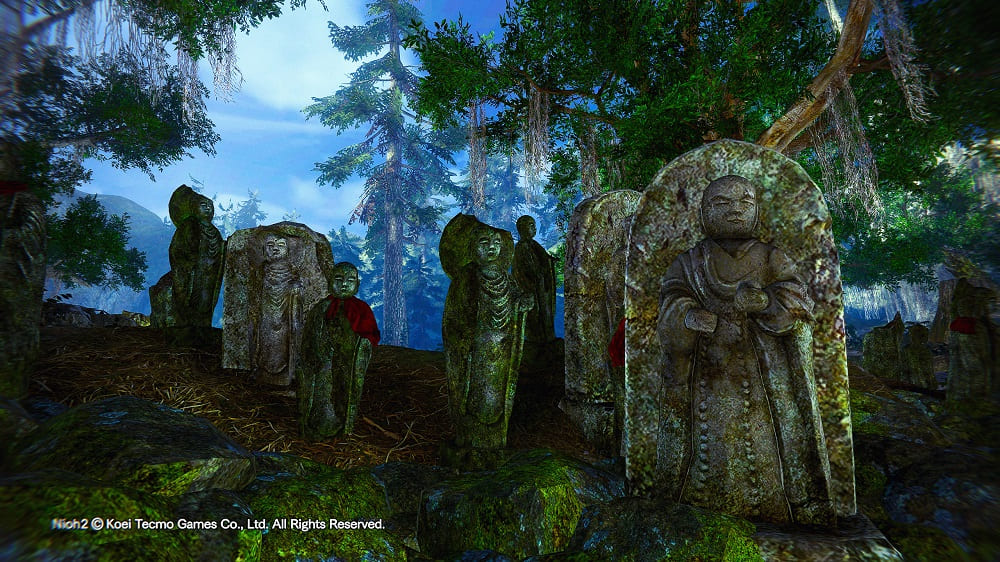
By including these statues, the game reminds players of Japan’s rich cultural and religious history, making the world of Nioh 2 feel even more authentic and historically grounded.
Jizo Q&A
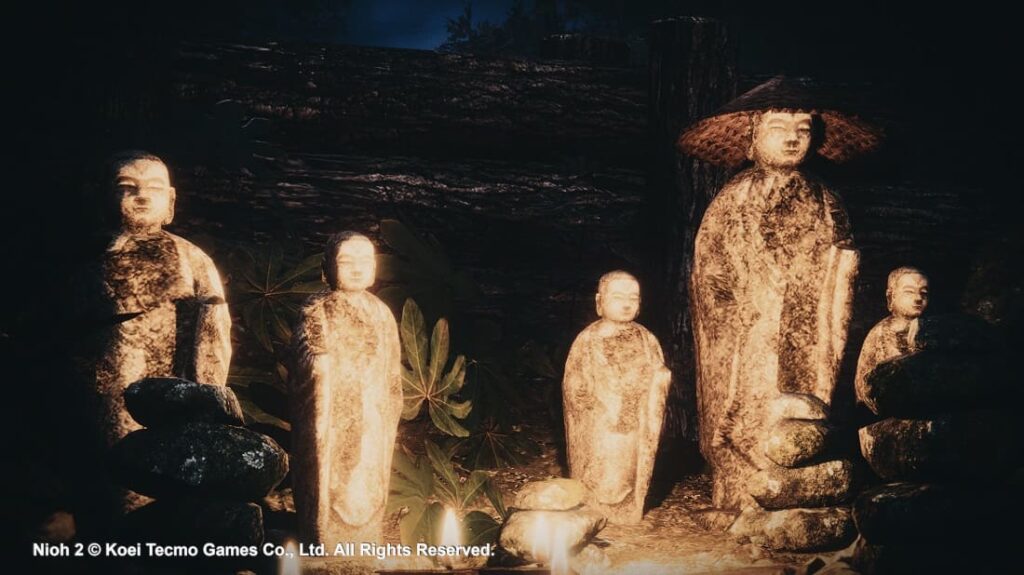
- QWhere can you see Jizo statues in real life?
- A
Jizo statues can be found all over Japan, especially in temples, cemeteries, and along roadsides. They are often placed in locations where people pray for the safety of children or for travelers’ protection.
- QWhat is the significance of Jizo statues in Nioh 2?
- A
In Nioh 2, players come across Jizo statues while traveling through mountain paths or rural roads. Although they don’t play an active role in the game, their presence helps create an authentic atmosphere, connecting the game to traditional Japanese culture.
- QWhy do some Jizo statues wear red bibs?
- A
The red bibs are symbolic of Jizo’s role in protecting children. Parents offer these bibs as prayers for the safety of their children, believing that Jizo will safeguard them.
Conclusion
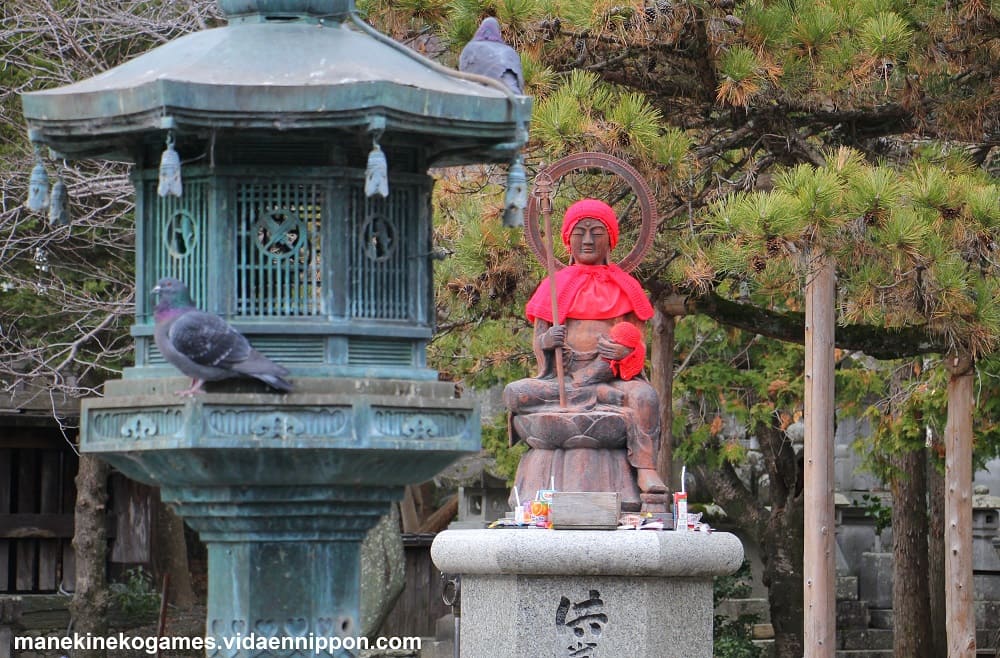
Jizo statues have been a deeply revered symbol of compassion in Japan for centuries. They are found throughout the country, with different regions adding their unique touch to Jizo’s image, reflecting local customs and beliefs. Jizo’s compassionate role in protecting children and travelers remains a significant part of Japanese culture.
Moreover, Jizo statues have even found their way into modern entertainment, such as in Nioh 2, where players can spot them along their journey. This demonstrates how deeply rooted Jizo’s image is in Japanese culture, even extending into contemporary media.
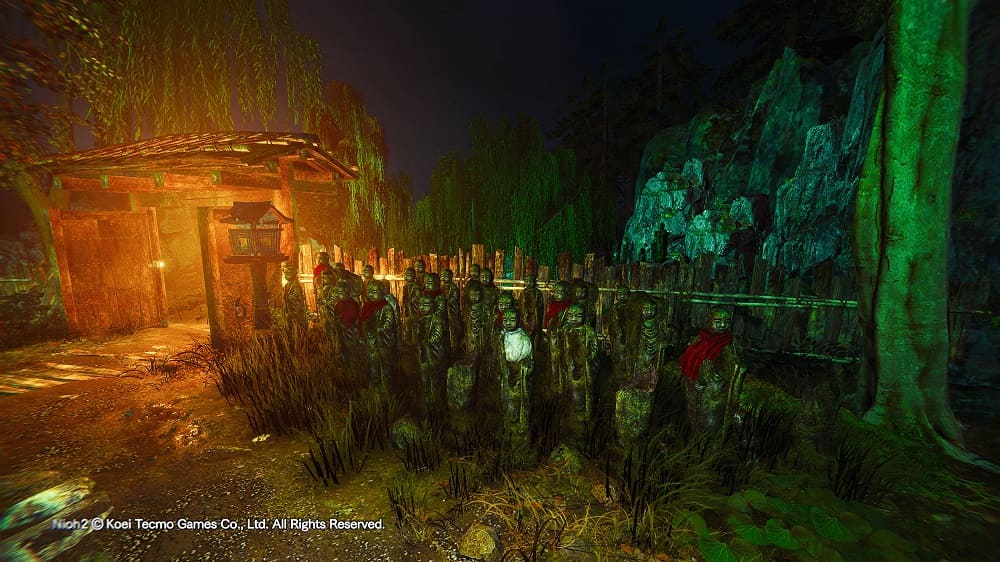
Ultimately, Jizo statues serve as more than just religious figures; they continue to offer comfort and protection to people across generations, providing a sense of peace and solace in a changing world.
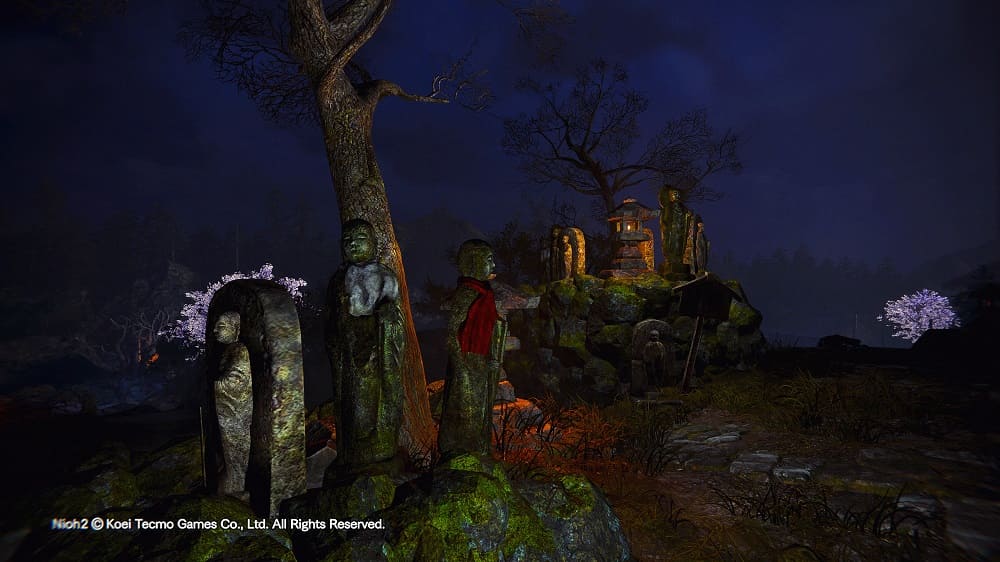

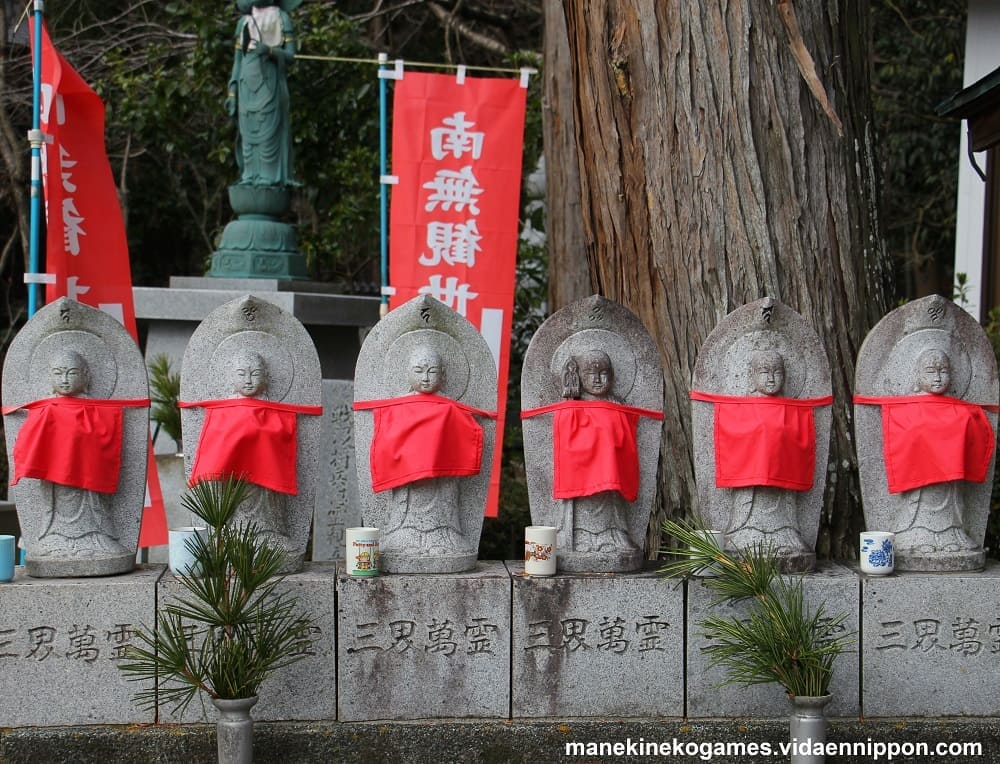


Comments